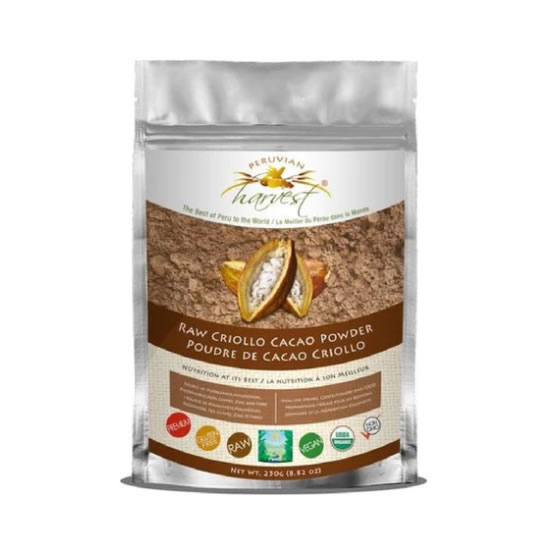No products in the cart.
Aspartame Toxicity
by James B. Hays, M.D.
For the past five years, numerous side-effects have been observed due to Aspartame (NutraSweet, Equal) in a Central Texas medium-small town General Practice. These side effects have been grouped into two types. The first, more numerous type consists of headaches which are related to dosage and length of exposure and accounts for at least two percent and probably ten percent of frequent Aspartame users as initially observed. More recent experience suggests that this figure is potentially higher, that is, with more Aspartame exposure over a longer period, this outside figure may be much higher and the theory that almost everybody can get headaches from prolonged and higher dosage is a tempting theory. It appears to be simply dose-related.
The less frequent symptoms, however more severe, are the subject of this discussion. Subjects with symptoms above and beyond headaches by themselves are reported here. With few exceptions these symptoms appear as a recognizable pattern or syndrome with some symptoms peculiar to Aspartame ingestion. Ten patients were noted since 1986 whose symptoms were notable enough to keep a record and report them as series. Only subjects who resided in Brown County, Texas, are reported here and subjects of suspected lack of objectivity are excluded.
The length of exposure to diagnosis varied from about five years to two weeks. The amount of ingestion varied from two drinks daily to two or three liters of diet drinks plus Equal added to lots of tea plus assorted junk food plus sugarless gum – all in the vain attempt to loose weight. One subject, quite obese, took Aspartame on the advise of another physician and became more symptomatic when the amount of Aspartame was increased, again on medical advice.
Since all but one of these patients had severe headaches, these headaches were examined in detail.
The headaches were bilateral, severe, generally daily or at least on days that significant amounts of Aspartame were ingested. The headaches did not resemble migraine at all – they rarely were described as throbbing and were at best described as tension, fatigue, caffeine withdrawal type headaches and a big hangover all combined.
One patient was exceptional in that she had no headaches but developed nausea, indigestion and severe abdominal cramps following irritability and personality changes and a curious auditory sensation that noises and voices appeared louder than they actually were. She was included in this report because she had symptoms other than headache only.
Six people reported malaise or lack of well being. Five reported irritability and/or personality changes. Five reported indigestion and/or nausea. Four reported temporary visual disturbance, blurred vision or black spots. Four also reported the vestibular-related symptoms of vertigo or dizziness.
Three patients reported abdominal pains. Three reported some memory loss, one of which described this as a lack of or an inability to recall memory and one described a persistent losing track of memory in mid-conversation. Three reported the very bizarre sensation of one’s mind leaving the body, frequently floating around and sensing the body at a distance.
Two people reported paresthesias or numbness and tingling and exhaustive history taking failed to reveal any hyperventilation syndrome. Two reported loss of consciousness and two reported multiple episodes that he or she was about to loose consciousness, but they reported that they could concentrate harder and “fight it” and could actually avert loss of consciousness. One of these actually did lose consciousness on one occasion and later after three or four years of ever-increasing dosage of Aspartame had a grand-mal seizure.
One each reported auditory sensitivity, unsteady gait, the inability to sense the position of feet and hands, a feeling of imminent loss of control of body, shortness of breath, palpitations, significant weight gain, depression, insomnia and severe anxiety which was reversible after cessation of ingestion of Aspartame and not related to previous or subsequent anxiety disorder.
Eight are female. Ages ranged from fifteen to sixty-four. Three are housewives, three are in healthcare fields. One is a food service worker and one a student. Of interest, one is an aircraft mechanic and private pilot. The most severely affected patient is a retail grocer and commercial and instructor pilot. One patient, the oldest, had preexisting adult onset diabetes mellitis and has had a recent psychotic episode after a long history of psychiatric problems. She reported the fewest number of symptoms.
Each patient either accidentally, of their own volition or asked by myself, discontinued the drug and definitely noted cessation or marked abatement of symptoms and after returning to consumer additional nutrasweet after a definite one to two weeks abstinence all had marked to severe return of symptoms within an hour to a few days of exposure.
It is suggested that in a work-up for headaches and Aspartame history be taken and if suspect, the patient should be placed on the following test: Optionally, increase the dose for one to two weeks to note symptoms if they are unclear. Then after recording each symptom in a diary, discontinue Aspartame for one to two weeks and if symptoms clear up, confirm the diagnosis by simply returning to the previous dose for “two weeks”. None of the above patients lasted two weeks.
It is also suggested strongly that at least in some people, Aspartame is a significant hazard to transportation safety. Various physicians in the Federal Aviation Administration are aware of this situation, but they are bureaucratically linked to the Food and Drug Administration who have the charge to approve food additives and drugs.
In summary, ten case histories were reviewed with various neurological and other symptoms other than headaches. None of these subjects had known or genetic links to phenylketonuria. A simple clinical test to establish Aspartame as the cause of suspect symptoms is proposed. Furthermore, clinical research to establish safety in this chemical should include subjects who have been shown to be previously affected, should be of sufficient dosage and of several months duration to be meaningful. Dr. Hays is a clinician in General Practice in Central Texas. Inquiries should be directed to PO Box 878, Brownwood, Texas 76804.







